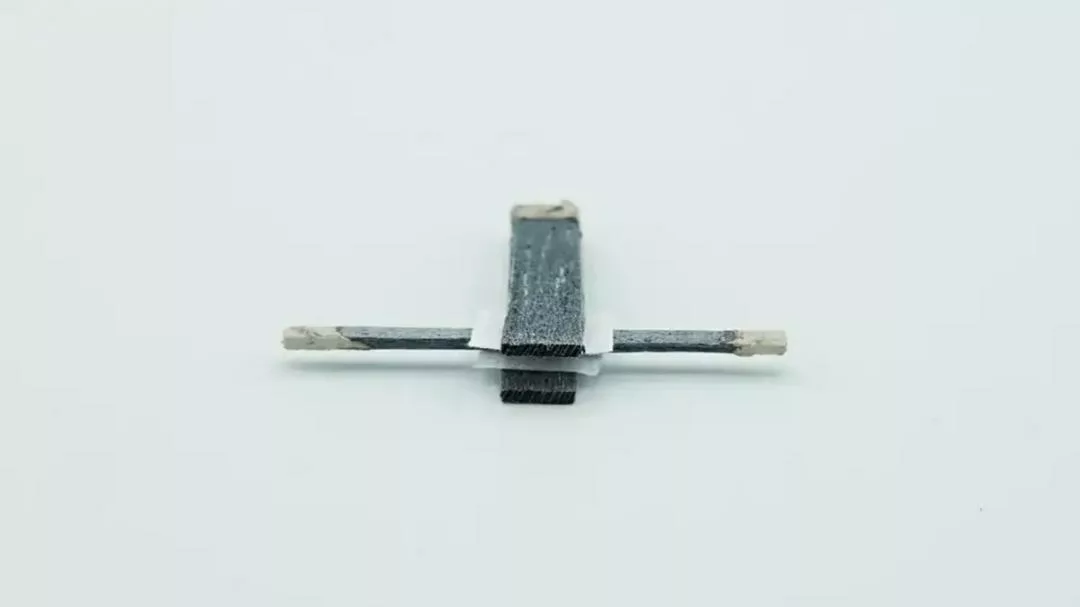What is a wood transistor? A transistor is a device that can amplify or switch electrical signals. Transistors are the building blocks of modern electronics, such as computers, smartphones, and sensors. They are usually made of silicon, a semiconductor material that can conduct electricity under certain conditions. However, a wood transistor is a type of transistor […]
Stay informed!
Join our community of technology enthusiasts! Subscribe to our newsletter and receive exclusive updates on the latest news, special offers, and tips from Freemindtronic. Stay informed on the latest technology trends, discover new products, and be among the first to take advantage of them. Sign up now by entering your email address below. Don't miss any updates from Freemindtronic!






